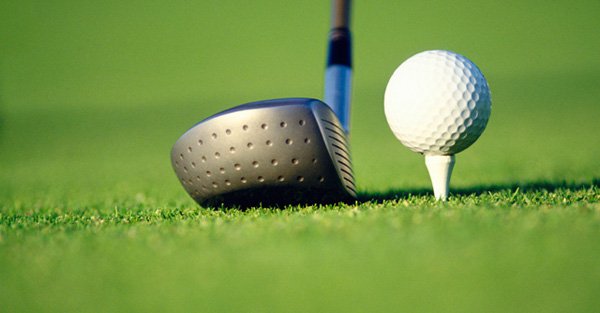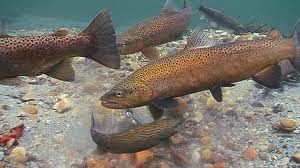Drills
Question
I will be a graduate assistant at a university in the starting in the fall. I was a college pitcher for 4 years but I will be working with the outfileders. Could you please tell me some useful drills and other useful materials that might help out my coaching abilities. Thank you
Answer
Well, college level players already know the basics (I hope,) but many outfielders are playing college level ball because of their bats, not necessarily because they know anything about defense.
I would break the outfielders away into their own group where they can hit fungo flies. Have one catcher, one relay man, and one guy hitting the flies. Make sure they rotate. After one player has caught, say, ten fly balls, he goes to become the catcher. The cather becomes the fly-ball hitter, and the hitter becomes the relay man.
Outfielders should also practice throwing to the bases.
They can practice taking flies where they are facing the sun--make sure everyone knows how to use his glove to block the sun (or the lights in night games.) I always thought it is best to hold the glove up and block the sun before the pitch--this way, even if you lost the ball in the sky, at least you saw which way it came off the bat and you got some jump on it.
Practice charging hard-hit grounders. They have to keep their glove down and concentrate on PICKING UP the ball (because they will be thinking more about the excitement of gunning down a baserunner.) Make sure they remember that fielding a gorunder is always two steps: pick it up, and then throw.
You can practice plays near the outfield fence. Teach them to get to the wall first, and touch the wall with their bare hand, then they can come back to the ball (if it stays in the park!) This is the best way to field a warning track shot if there is time. You can also practice playing off the fence (if it is a stadium field with a hard wall.) Also, when one outfielder is going deep after a ball, the next outfielder should know when to yell out "FENCE!" about three strides before he would crash into it. Even if he is still going to hit the wall, at least this way he can brace himself, or turn his body to take the impact a little.
Go over the basics: field anything in the air by going BACK BACK BACK first, then come in. Charge the grounders and be sure to keep your eye on the ball.
Hours of fungo or fielding fly balls will never hurt. Make sure everyone takes their turn and it isn't just one aggressive guy or speedster catching all the balls. Have them make a line out there and give them a number--go by jersey number if you want. Each guy should know when he is next. Or, as written above, first guy to catch ten flies goes in to catch or hit or however you work it. Make sure they aren't fighting for balls though--that's how people get hurt. And there are lots of clowns in college who will bump a guy out of the way or get someone hurt. I oughtta know--I was a college clown myself!
Hope this all helps. Sorry, I answered this one kinda quickly. Hope it makes sense. Don't be afraid to have them jog a little. One thing they can practice--it may sound corny--but if you run a few laps while keeping your eye focused on a certain seat in the stands, or a leaf on a tree, or some other point in the distance--it will help them learn to run on their toes so their vision doesn't get jarred. This is extremely important, especially for the big guys. Some smoother, faster runners already run on their toes by instinct (they're the ones who might find this a little corny, but it is a really good thing to practice.)
Good luck.
p.s. There are more drills in some of my other postings. Some are for Little Leaguers and high school, but baseball is baseball. Stick to the basics.
POSTION
scoring a run


